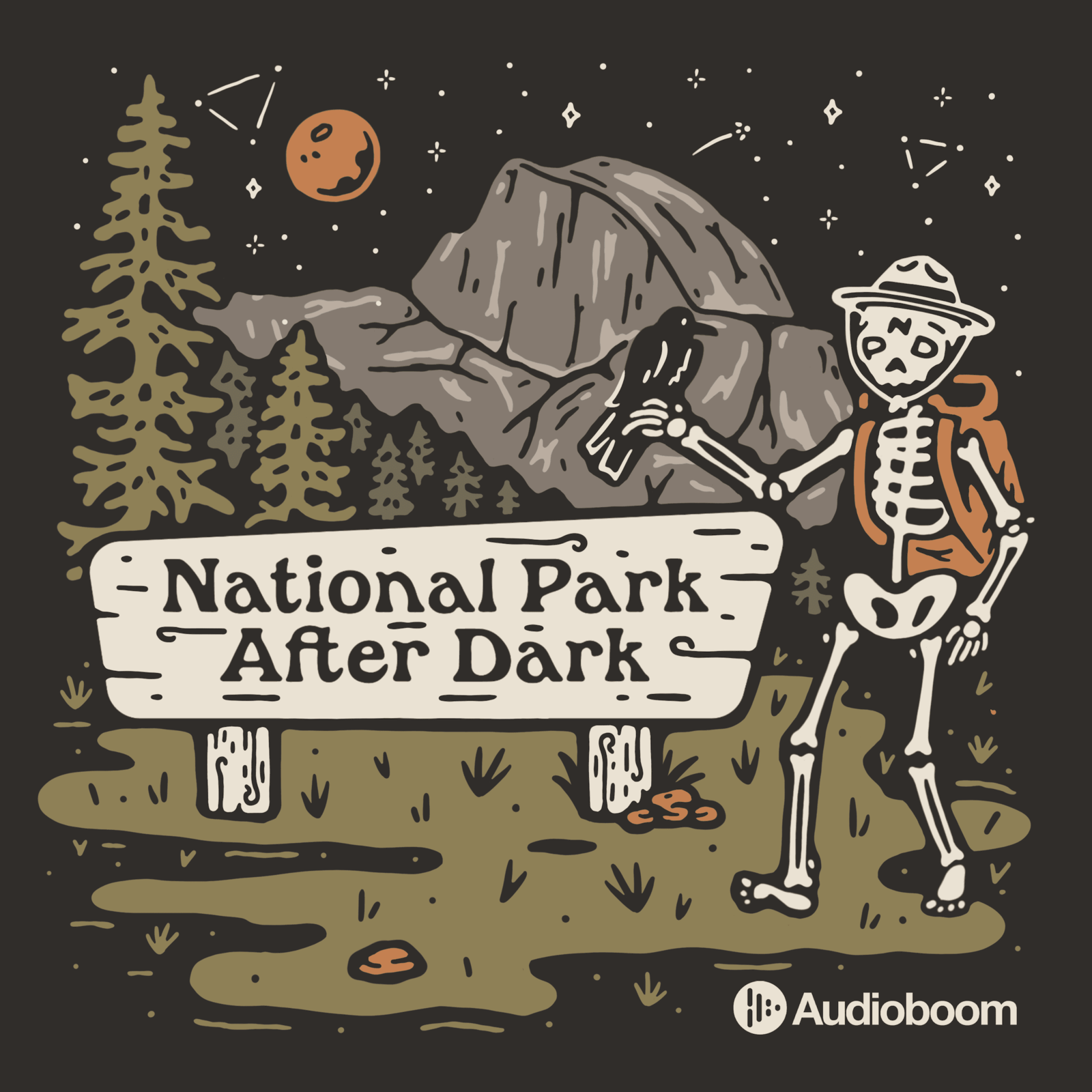Chapter
Clips
Women played a significant role in the development of Wyoming, as homesteaders and pioneers, with a more equal job description compared to traditional Eastern roles.
16:05 - 18:27 (02:21)
Summary
Women played a significant role in the development of Wyoming, as homesteaders and pioneers, with a more equal job description compared to traditional Eastern roles. The West represented a new frontier, while the East was a battle between old and new.
ChapterWomen's Role in Wyoming's History
Episode108: The Night of Terror. Women's Rights National Historic Park.
PodcastNational Park After Dark
Two women activists, Alice Paul and Lucy Burns, found the National Women's Party in 1913 to fight for federal action to be taken towards granting women the right to vote.
18:34 - 21:44 (03:10)
Summary
Two women activists, Alice Paul and Lucy Burns, found the National Women's Party in 1913 to fight for federal action to be taken towards granting women the right to vote. In 1890, the National American Women's Suffrage Association was formed by two subgroups of the Women's Suffrage Association to focus on fighting for state-by-state voting rights for women.
ChapterWomen's Role in Wyoming's History
Episode108: The Night of Terror. Women's Rights National Historic Park.
PodcastNational Park After Dark
Women of different races rallied and marched for civil rights, but segregation remained a prevalent issue.
21:44 - 23:58 (02:13)
Summary
Women of different races rallied and marched for civil rights, but segregation remained a prevalent issue. Ellis Paul organized a historical women's march in DC during his inauguration, drawing a crowd of five to ten thousand people.
ChapterWomen's Role in Wyoming's History
Episode108: The Night of Terror. Women's Rights National Historic Park.
PodcastNational Park After Dark
The first women's march in 1913 made a big statement that women of all ages wanted the right to vote, challenging the stereotype that only unmarried "spinsters" were interested in the movement, and marked the beginning of continued protests and demonstrations for women's suffrage.
23:58 - 27:06 (03:08)
Summary
The first women's march in 1913 made a big statement that women of all ages wanted the right to vote, challenging the stereotype that only unmarried "spinsters" were interested in the movement, and marked the beginning of continued protests and demonstrations for women's suffrage.
